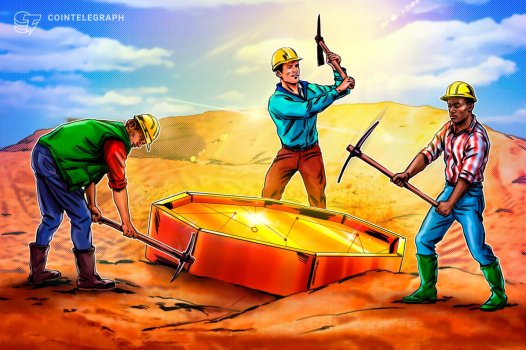A fraternity-based approach to mine crypto, mining pools let miners combine their computational resources for a better chance to win rewards.
In the early days of Bitcoin (BTC), crypto enthusiasts only required a basic personal computer with an internet connection to generate new BTC tokens through a distributed computing process known as mining.
However, with more people chasing the same number of block rewards, Bitcoin’s mining process has become more challenging with time. In fact, the quantum of rewards will progressively reduce by half every four years, making it less rewarding for individual miners who will need to allocate greater computational resources with time.
Available on blockchain protocols that employ a proof-of-work (PoW) consensus mechanism, this mining process requires application-specific integrated circuits (ASICs) to be deployed in the form of large rigs so as to complete the complex nature of mathematical problems within the time needed to mine a block.
With the increasing difficulty of the mining algorithm and the rewards for mining a block reducing with time, it has become impossible for a piece of single personal computing equipment to successfully mine a block.
This has brought the concept of a cryptocurrency mining pool to the forefront, where individual miners or users come together and pool their computational resources in order to improve their chances of mining a block and share the rewards received among them.
Continue reading: https://cointelegraph.com/news/what-is-a-cryptocurrency-mining-pool
In the early days of Bitcoin (BTC), crypto enthusiasts only required a basic personal computer with an internet connection to generate new BTC tokens through a distributed computing process known as mining.
However, with more people chasing the same number of block rewards, Bitcoin’s mining process has become more challenging with time. In fact, the quantum of rewards will progressively reduce by half every four years, making it less rewarding for individual miners who will need to allocate greater computational resources with time.
Available on blockchain protocols that employ a proof-of-work (PoW) consensus mechanism, this mining process requires application-specific integrated circuits (ASICs) to be deployed in the form of large rigs so as to complete the complex nature of mathematical problems within the time needed to mine a block.
With the increasing difficulty of the mining algorithm and the rewards for mining a block reducing with time, it has become impossible for a piece of single personal computing equipment to successfully mine a block.
This has brought the concept of a cryptocurrency mining pool to the forefront, where individual miners or users come together and pool their computational resources in order to improve their chances of mining a block and share the rewards received among them.
Continue reading: https://cointelegraph.com/news/what-is-a-cryptocurrency-mining-pool

